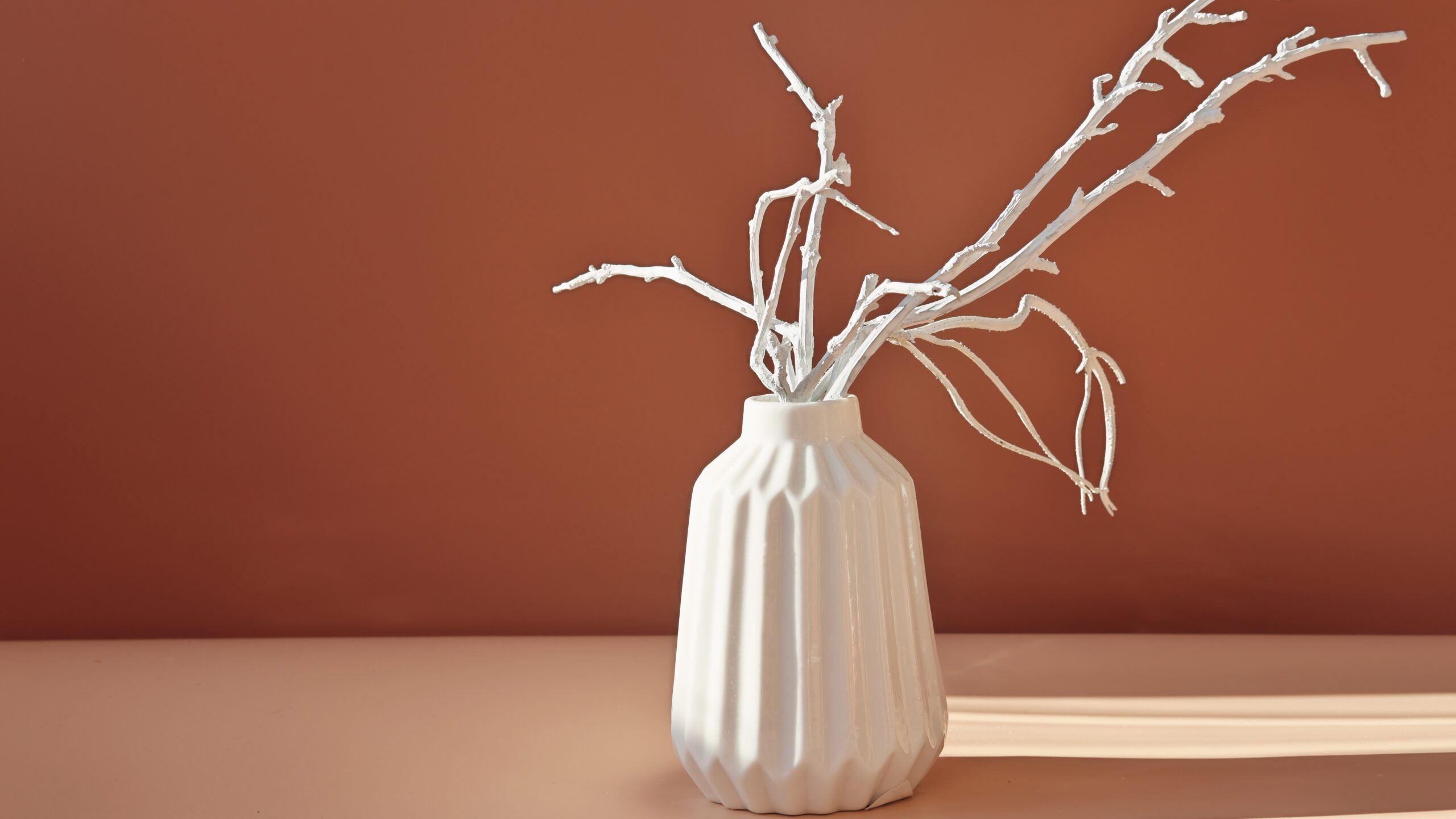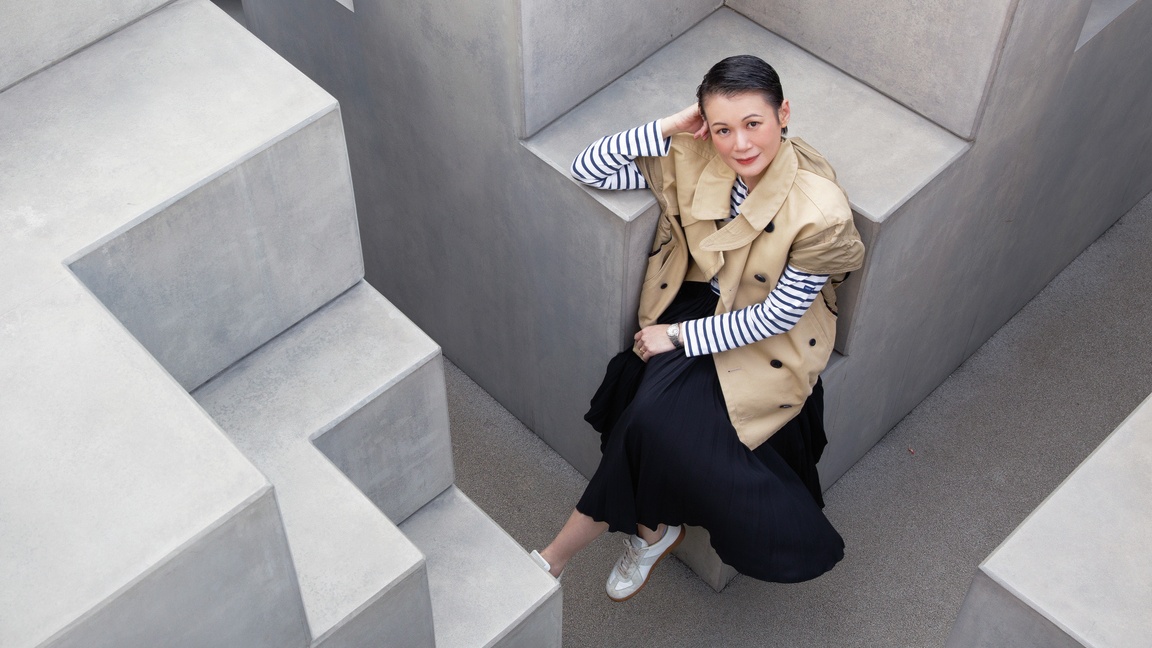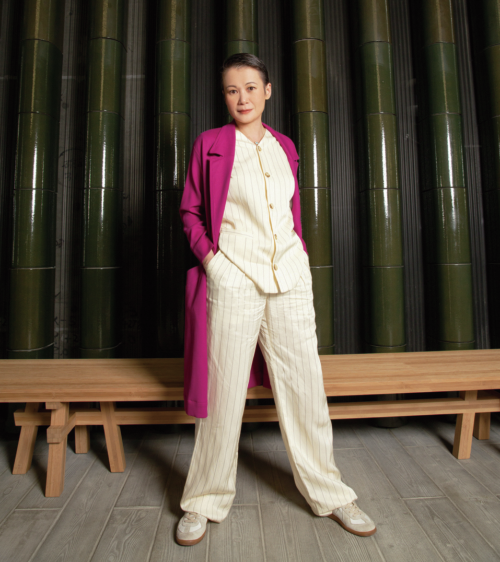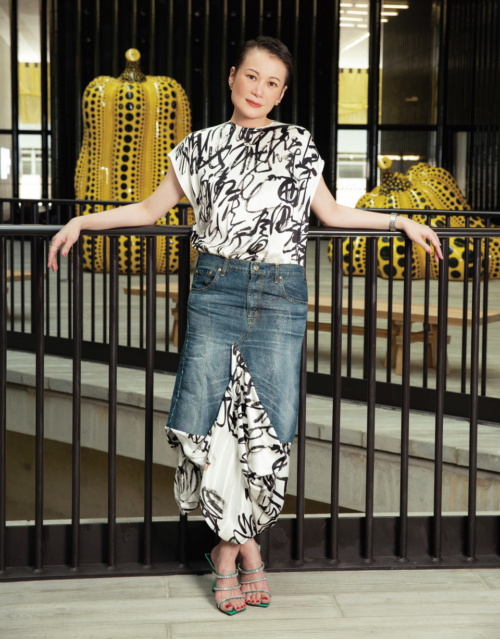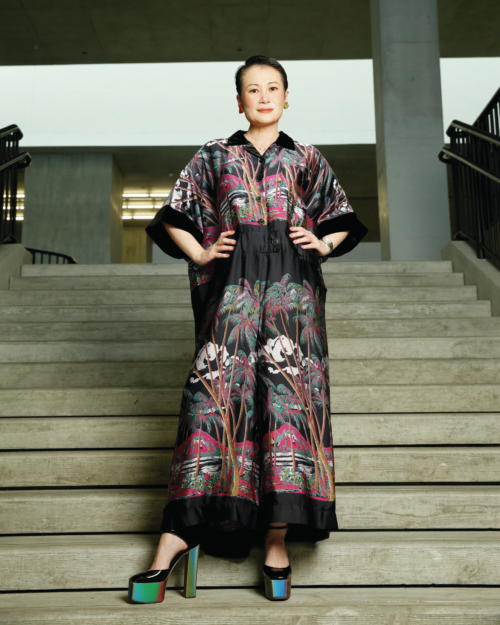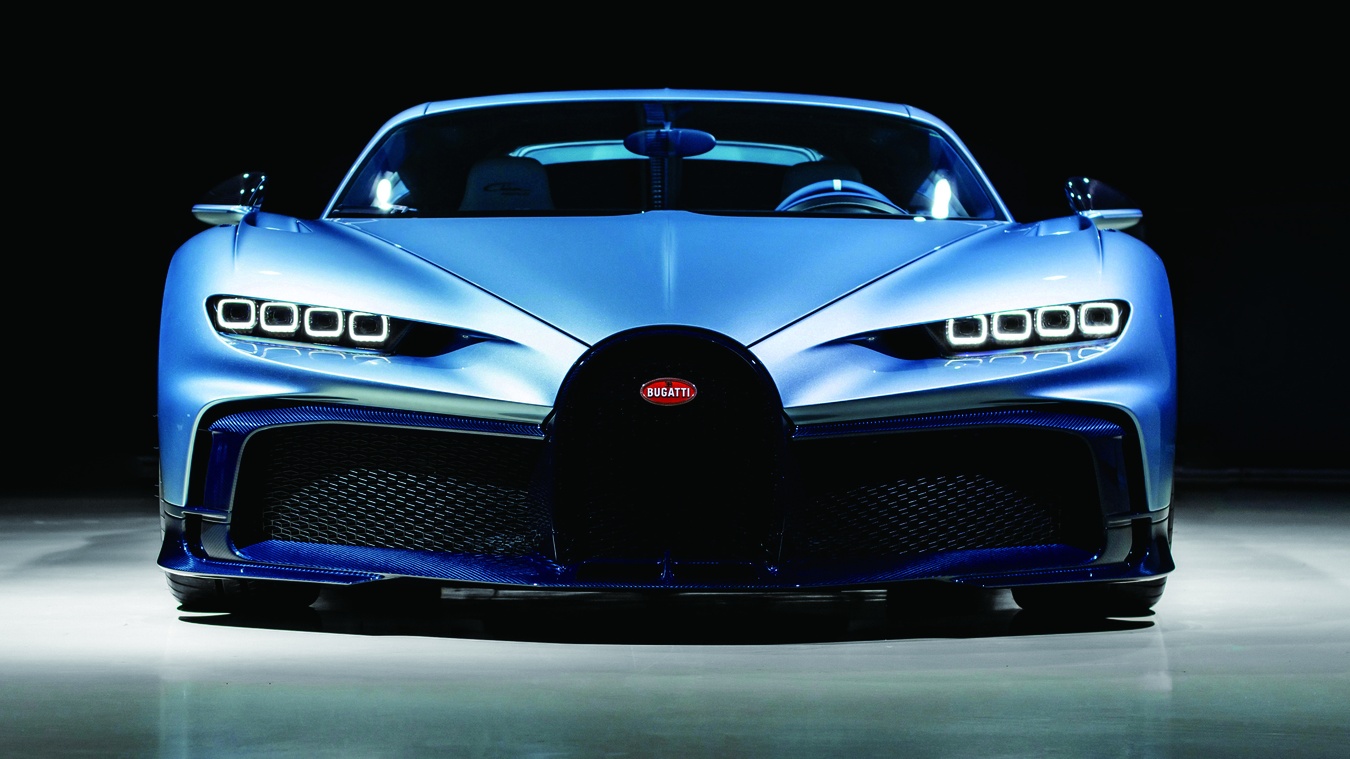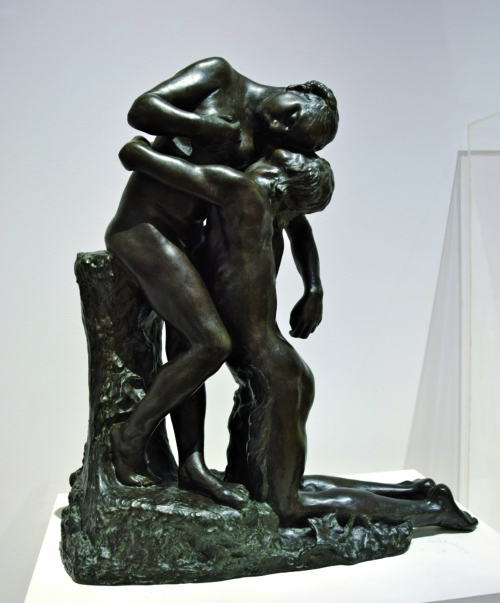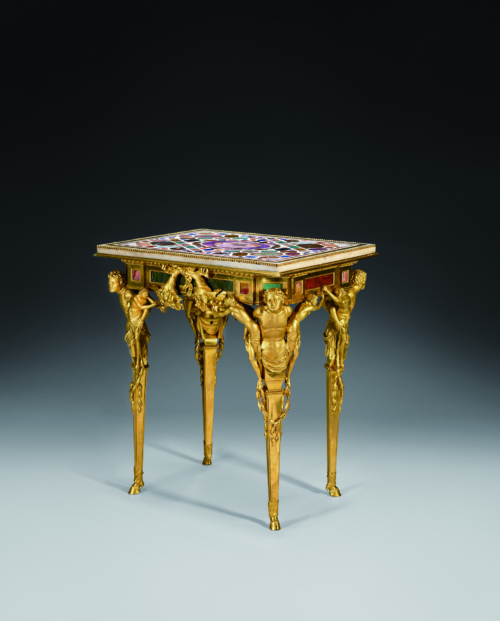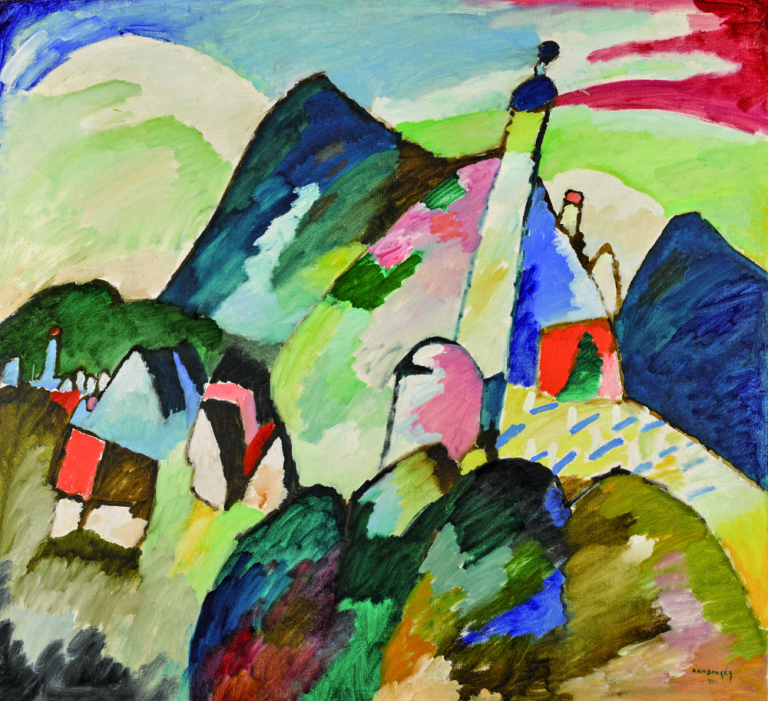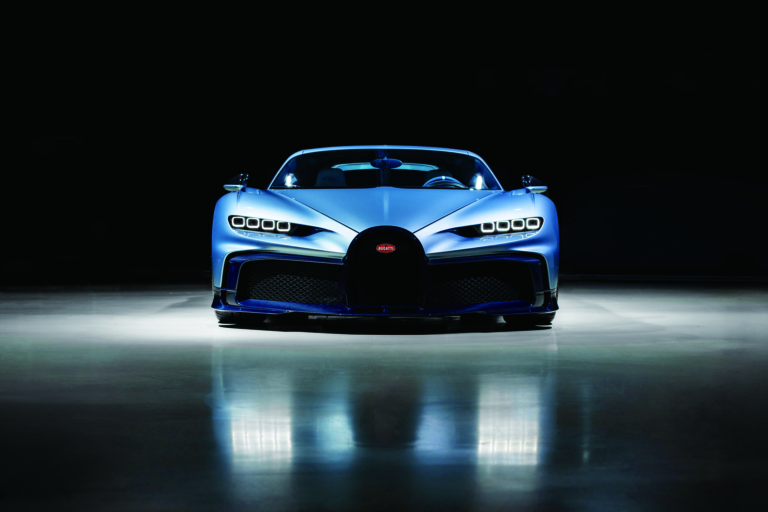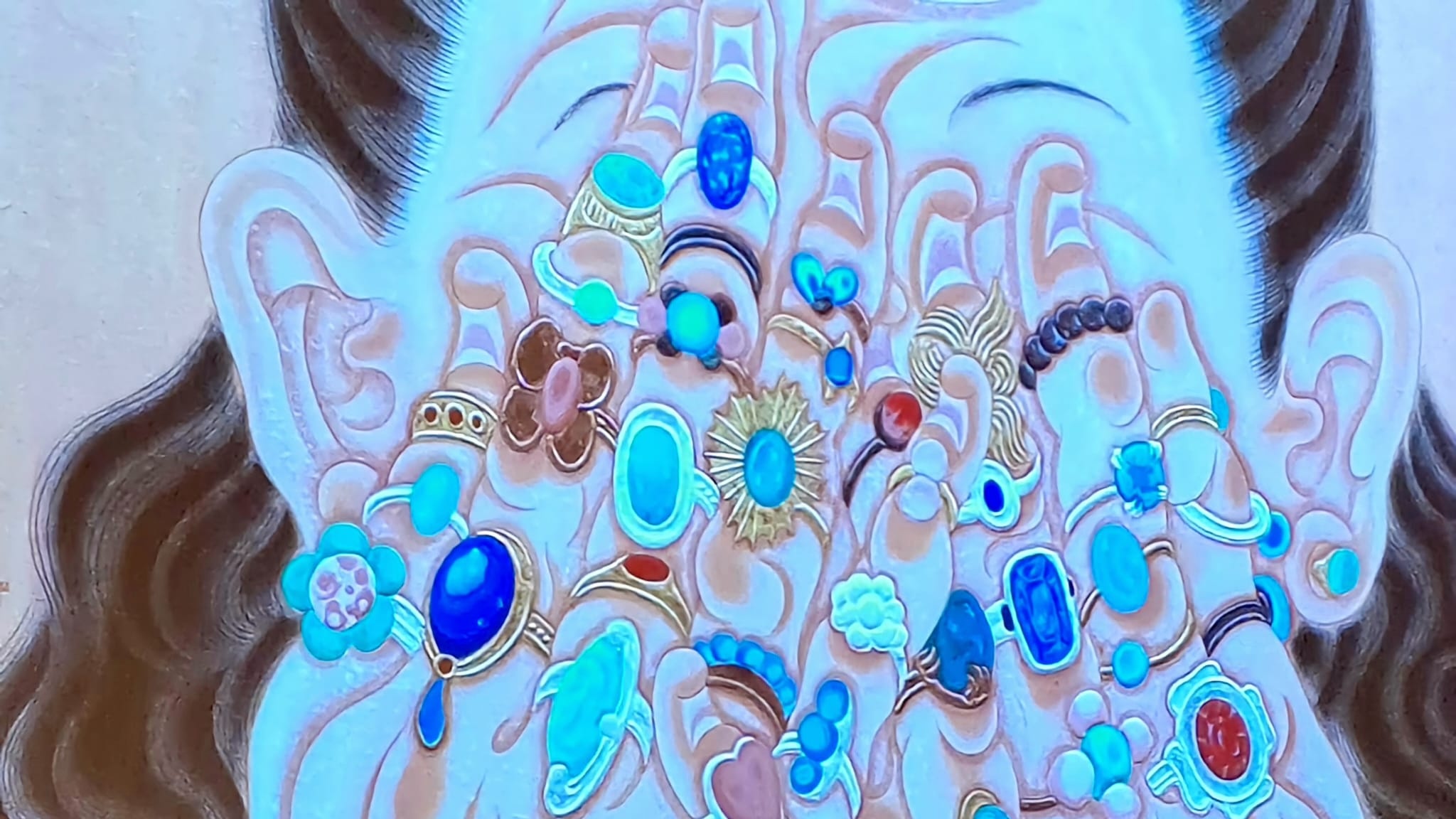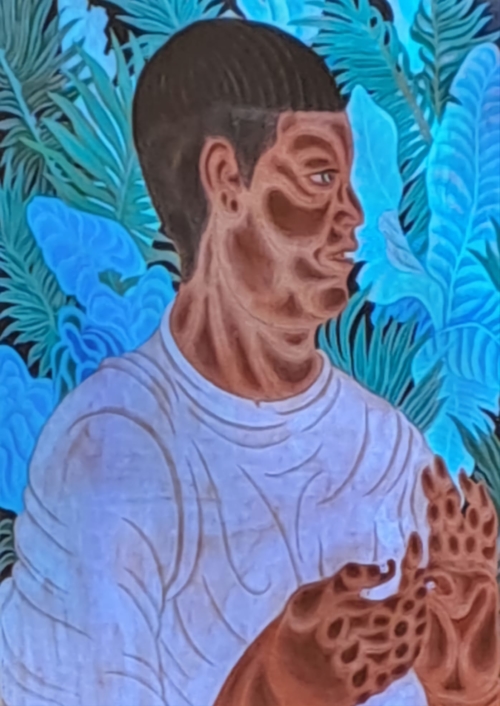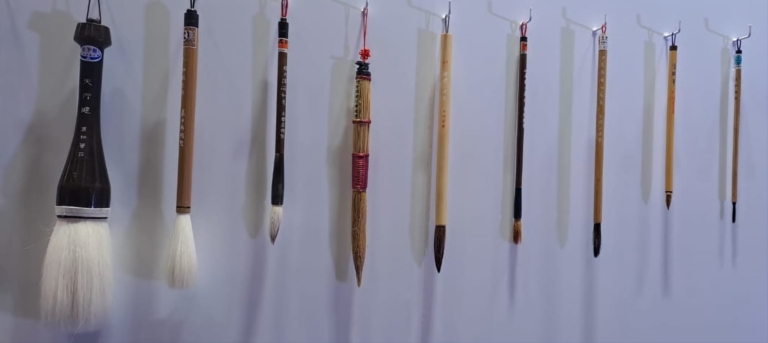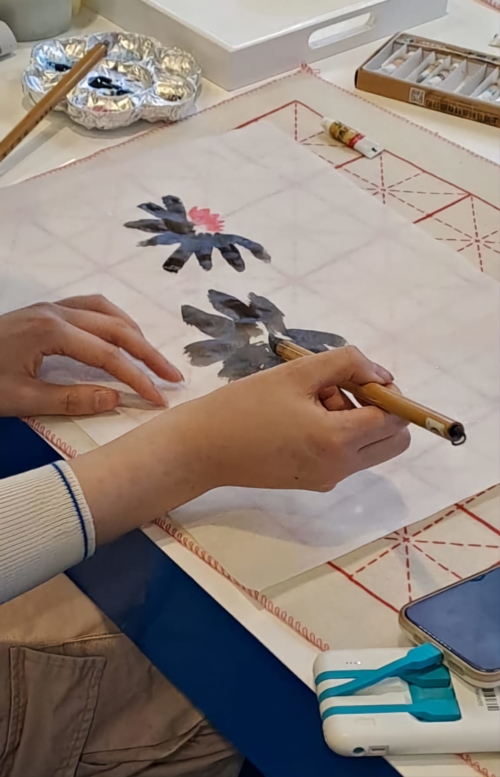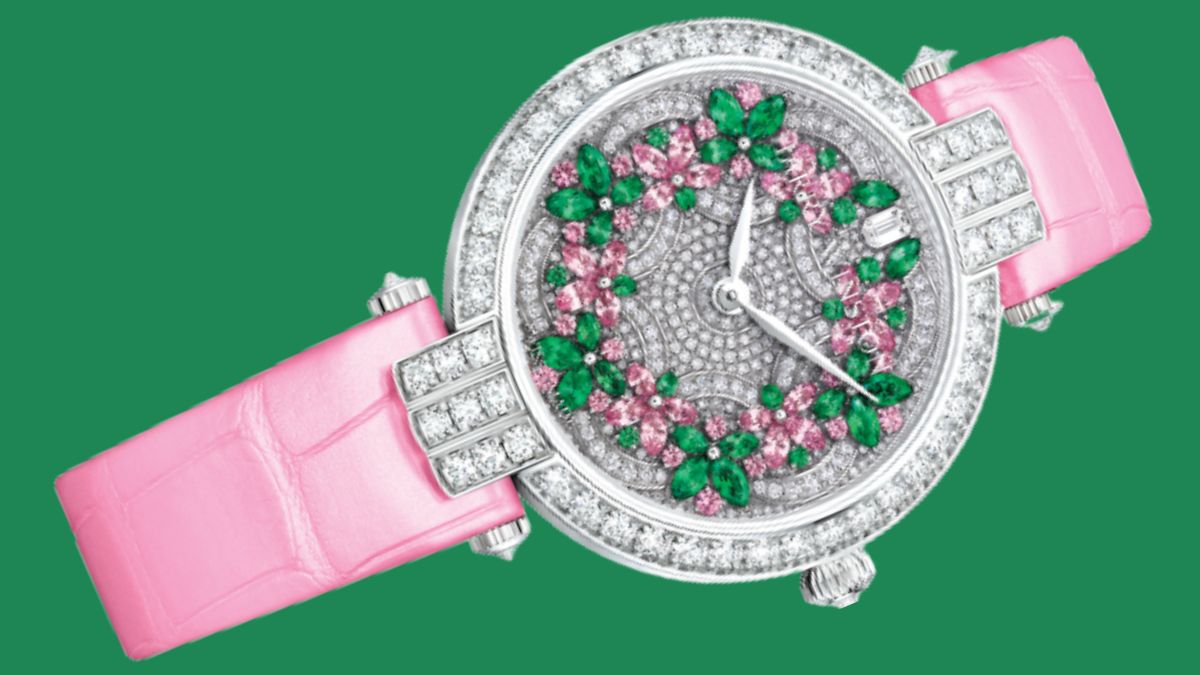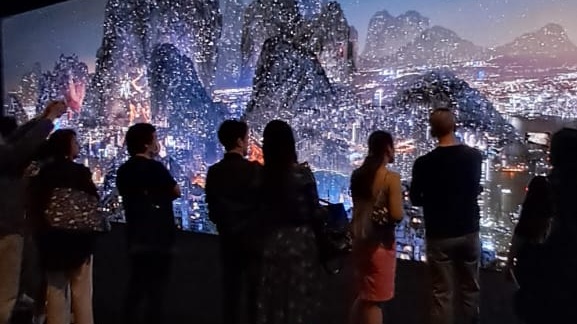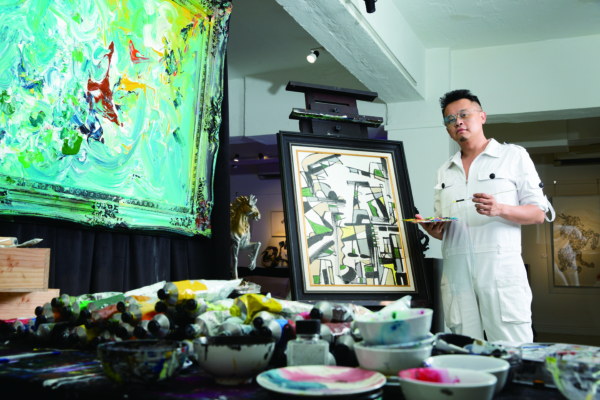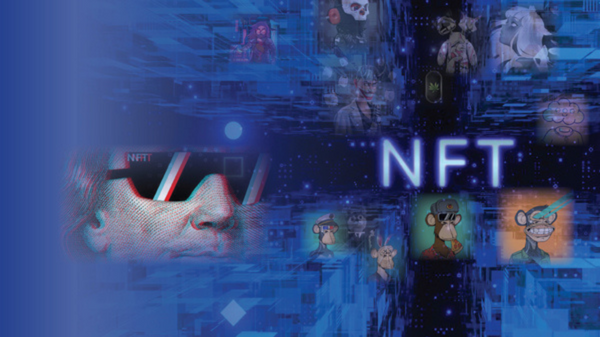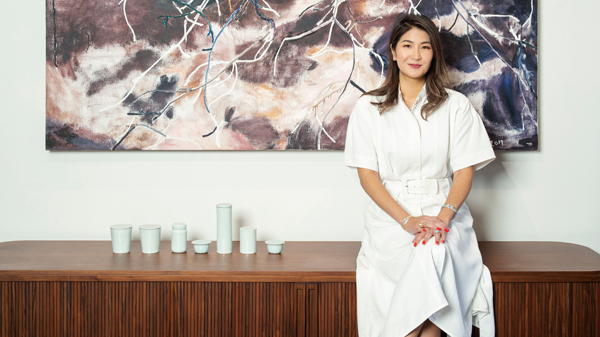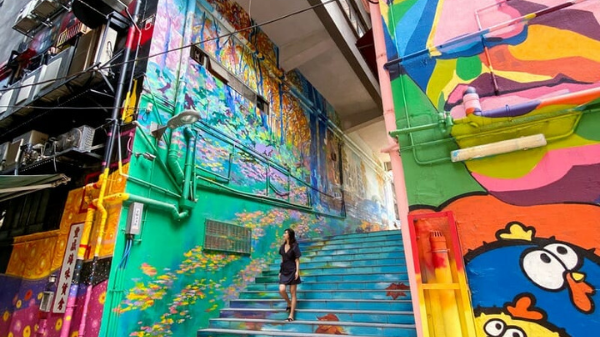Scrolling through your Instagram home feed has certainly become a habit for almost everyone because it is certainly a great way of escape from our otherwise (usually hectic) schedule and it is an excellently-entertaining manner of keeping updated on the topics we follow.
If art happens to be one of your interests, then there are a couple of accounts that never fail to post eye-catching artwork that will not only have you admiring it but also have you pondering about its symbolism, story, and more. Perfect for art buyers and enthusiasts alike, these art accounts mimic the appeal of visiting art exhibitions located in different parts of the world from the comfort of your home.
View this post on Instagram
Pink Lemonade is an artistic account that captures the beauty in the absurd, and what may look bizarre at first look actually turns out to have a layer of meaning or sometimes even multiple purposes. Pink Lemonade perfectly brings its followers those fleeing moments and the incandescent beauty of nature while also highlighting the best contemporary art creations from painters, sculptures and more.
View this post on Instagram
Another account that is quite similar to The Pink Lemonade is The Blue Lemonade except it focuses more on sculptures and three-dimensional art pieces. In other words, this art page is more of a curation account for sculptures where people can find a mix of popular and underrated masterpieces and artists. Blue Lemonade keeps its captions short letting the pictures do all the talking.
View this post on Instagram
Avant Arte strives to get the younger generation more involved in art and the account does this by featuring artworks that appeal more to gen z but of course, millennials and other generations are going to find the art photos attractive too. Avant Arte has more than two hundred contemporary artists in its database each of whom has created and continues to create iconic artworks that will surely get more people invested in art.
View this post on Instagram
This art page, Collecteurs, believes that art should be accessible to anyone who has an admiration for it. As a result, Collecteurs allows its users to view more than thousands of artistic creations shared by collectors while also sharing their very own collections. Precisely, the website has built a community for art lovers and encourages its fanbase to discuss thought-provoking topics like one of their recent ones “Why can’t colonial museums simply return cultural artefacts?”
View this post on Instagram
As made clear in its name, Contemporary Art Collectors cater exclusively to those interested in the contemporary art movement. While showcasing the works of many great artists, the page also simultaneously establishes the impact art has on culture and likewise how art will evolve in the years to come. It also brings attention to other important subjects in the art world like how whether we know it or not, art is an essential part of our daily lives.
View this post on Instagram
Want to admire art while also catching up with the latest happenings in the industry? Artnet is an unhinged source for it because the page does an excellent job of keeping its fans informed of important art-related matters from every corner of the world. Additionally, Artnet also helps people get a crystal clear understanding of different pieces of art through their commentary and explanatory essays written by experts.
View this post on Instagram
Artsy is primarily for art buyers and it boasts countless artworks by skilful artists from different parts of the world. In addition to being a haven for regular art buyers, it is also perfect for people who have a newfound interest in art. Each painting or sculpture is accompanied by a description of the work and its source exhibition letting art enthusiasts make an informed choice while purchasing the work.



